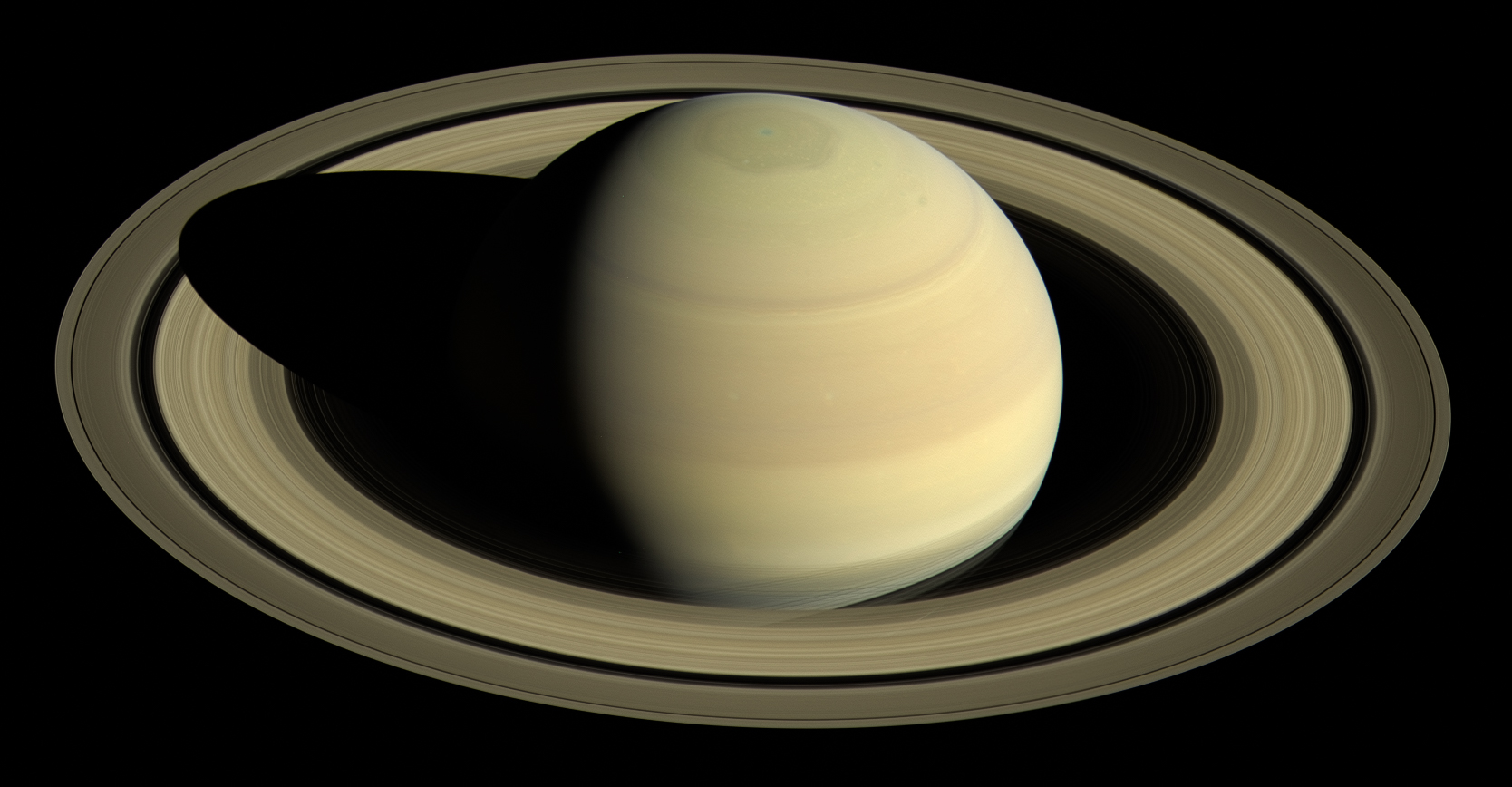Witness Saturn’s Opposition this Weekend
Saturn, the magnificent ringed planet, is undoubtedly the most stunning planet to observe through a telescope. Its fantastic system of rings is easily visible, even with a small telescope. However, these rings are slowly “closing up” from our perspective and will appear edge-on in 2025. Despite this, Saturn’s rings still retain much of their glory and can be clearly seen.
On August 27th, Saturn reaches its best position for the year. That’s known as opposition, when Saturn is opposite to the Sun in the sky, with Earth lined up between them. During opposition, Saturn, and other superior planets that orbit the Sun at a greater distance than Earth, offer optimum visibility.
Saturn’s position in the northern sky has been gradually increasing since its opposition in 2018 and 2019. It is currently located south of the celestial equator, among the stars of Aquarius. Saturn shines at magnitude +0.4, slightly fainter than when the rings are fully “open,” but it still dominates the sky with its brightness and signature yellowish or creamy hue.
During opposition on August 27th, Saturn will rise at 8pm BST and reach its highest point around 1am, with an elevation of approximately 28° from the south of England. It can be observed at an altitude higher than 20° from around 10.40pm to 3.30am. In Scotland, Saturn will reach a culmination height of nearly 23° at 1.18am BST.
Saturn’s stunning rings are tilted by about 9°, but their closure has been temporarily halted. They have actually been opening out again and will reach a maximum tilt of 10.4° in early November before closing up once more. Every 13.75 and 15.75 years, the Earth passes through the plane of the rings, causing them to be visible from Earth and appear close to or precisely edge-on. The last ring plane crossing occurred in 2009, and the next one will happen in March 2025. The rings were last fully open in 2017 when they were tilted by around 26 to 27 degrees towards us.
From Earth, three distinct major rings can be seen encircling Saturn’s equator. The outer ring, Ring A, is divided about 20% of the way in from its outer edge by the elusive Encke Gap. The middle ring, Ring B, is the broadest and brightest ring, separated from Ring A by the famous Cassini Division. Inside Ring B is the dusky and faint Ring C, or Crêpe Ring. The rings are mostly composed of water-ice particles ranging in size from microns to meters.
To observe the rings, a small to medium-sized telescope in the 80-150mm class is sufficient to see Ring A and Ring B. However, a 250mm telescope may be necessary to see the Cassini Division.
After Saturn’s ring plane crossing in March 2025, the planet’s south pole will be tilted towards us. At opposition on September 21st, 2025, the rings’ southern face will be tilted by just 1.8°. However, by the time of Saturn’s opposition on October 30th, 2028, a healthy angle of 17.8° will be established. The rings will not be “wide open” again until 2031-2032.
In addition to its stunning rings, Saturn is also known for its giant moon Titan. Titan is the dominant satellite of Saturn and is one of the most special objects in the solar system. It is only two percent smaller than Jupiter’s giant moon, Ganymede, and is larger than the planet Mercury and our Moon.
Titan orbits Saturn once every 15.94 days in a tidally locked synchronous rotation. With a magnitude of +8.4, it is bright enough to be seen through steadily-held or mounted 10 x 50 binoculars when Saturn is favorably placed. However, a small telescope might be better for locating Titan close to its maximum eastern elongation from Saturn, around 3 arcminutes. Through very large telescopes, Titan appears large enough to show a diminutive disc, with an angle of 0.8 arcseconds.
Similar to Jupiter, Saturn displays dark belts and brighter zones on its globe. However, due to its distance from the Sun, Saturn’s atmosphere is less enlivened and the effect is more subtle. Currently, only a brighter equatorial belt, an equatorial belt, and perhaps a dark polar hood can be visually observed.
Occasionally, storms are also seen on Saturn, providing stunning and dramatic images. In 2011, a storm was captured in great detail in a south-up image.
Saturn, with its stunning rings and dominant moon Titan, continues to captivate astronomers and amateur sky gazers alike. Its upcoming opposition on August 27th provides an excellent opportunity to observe and appreciate the beauty of this remarkable planet.
